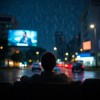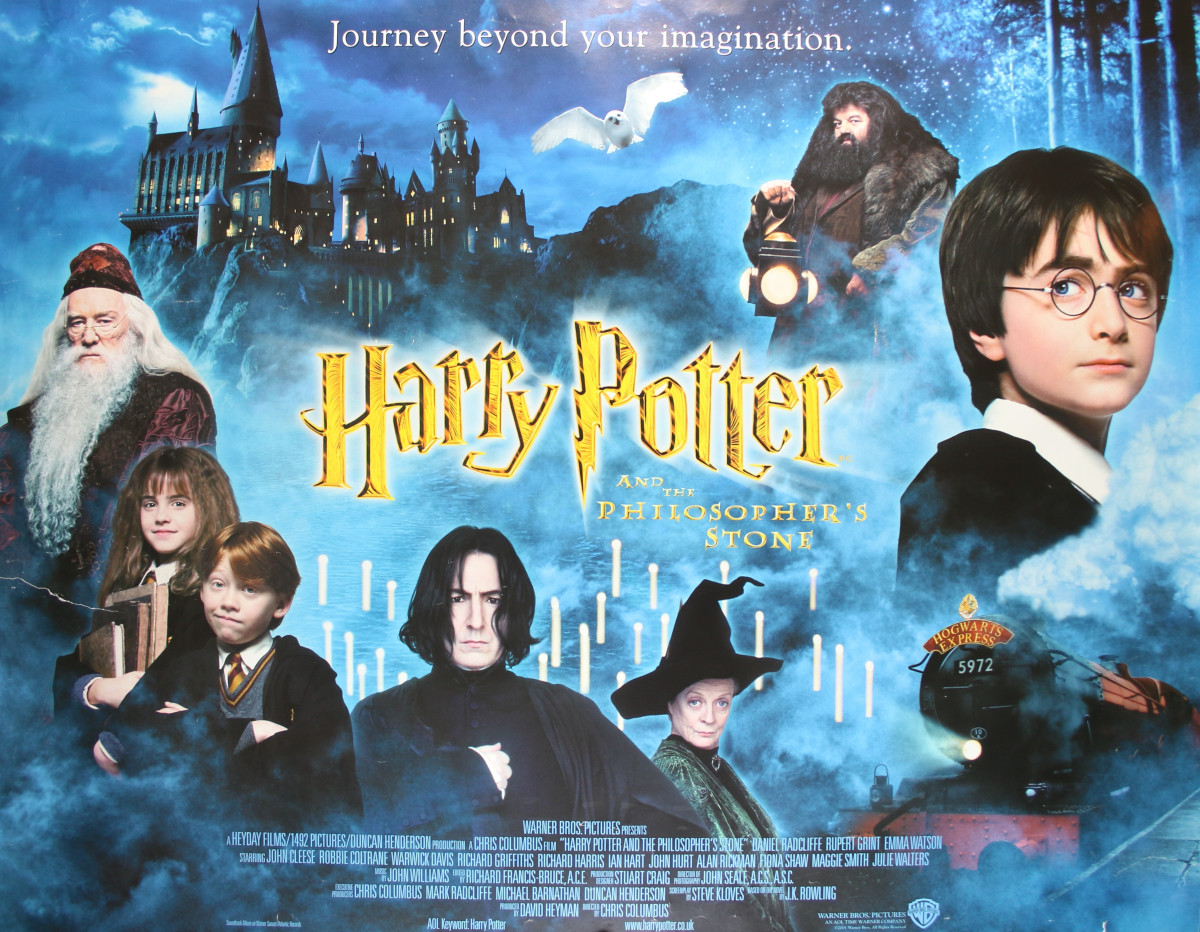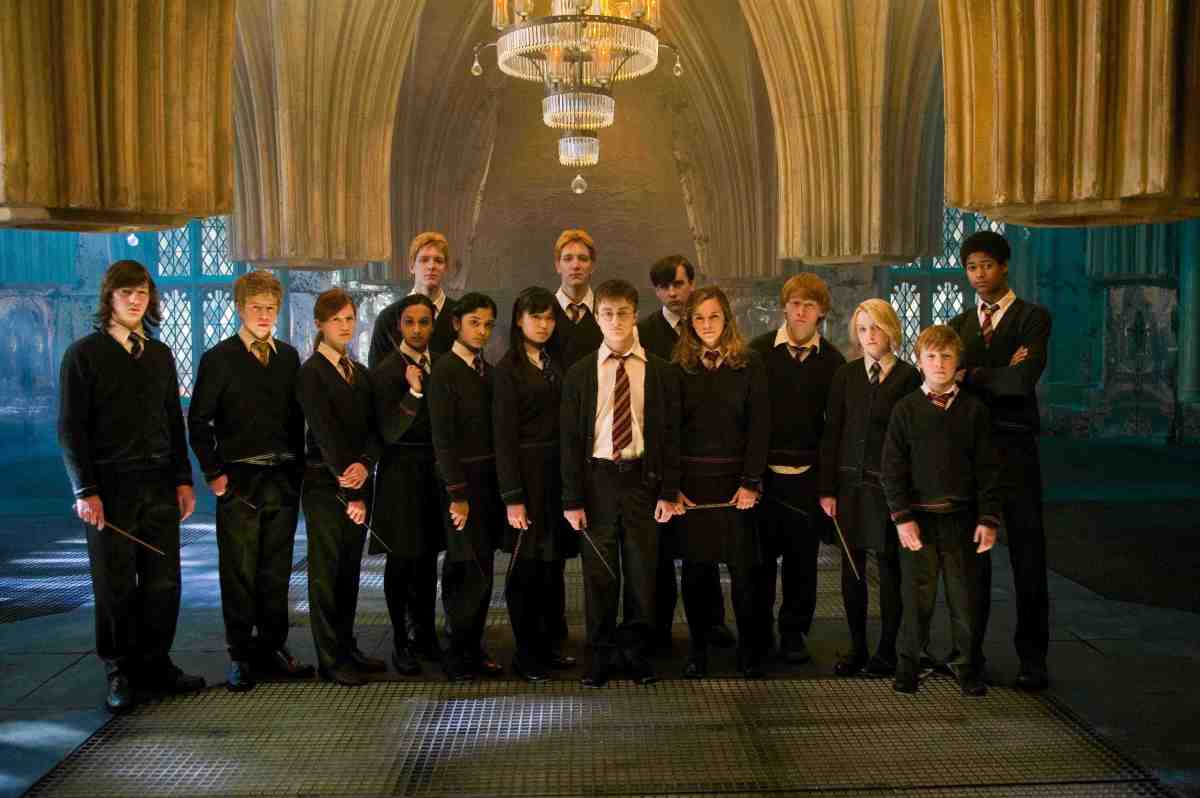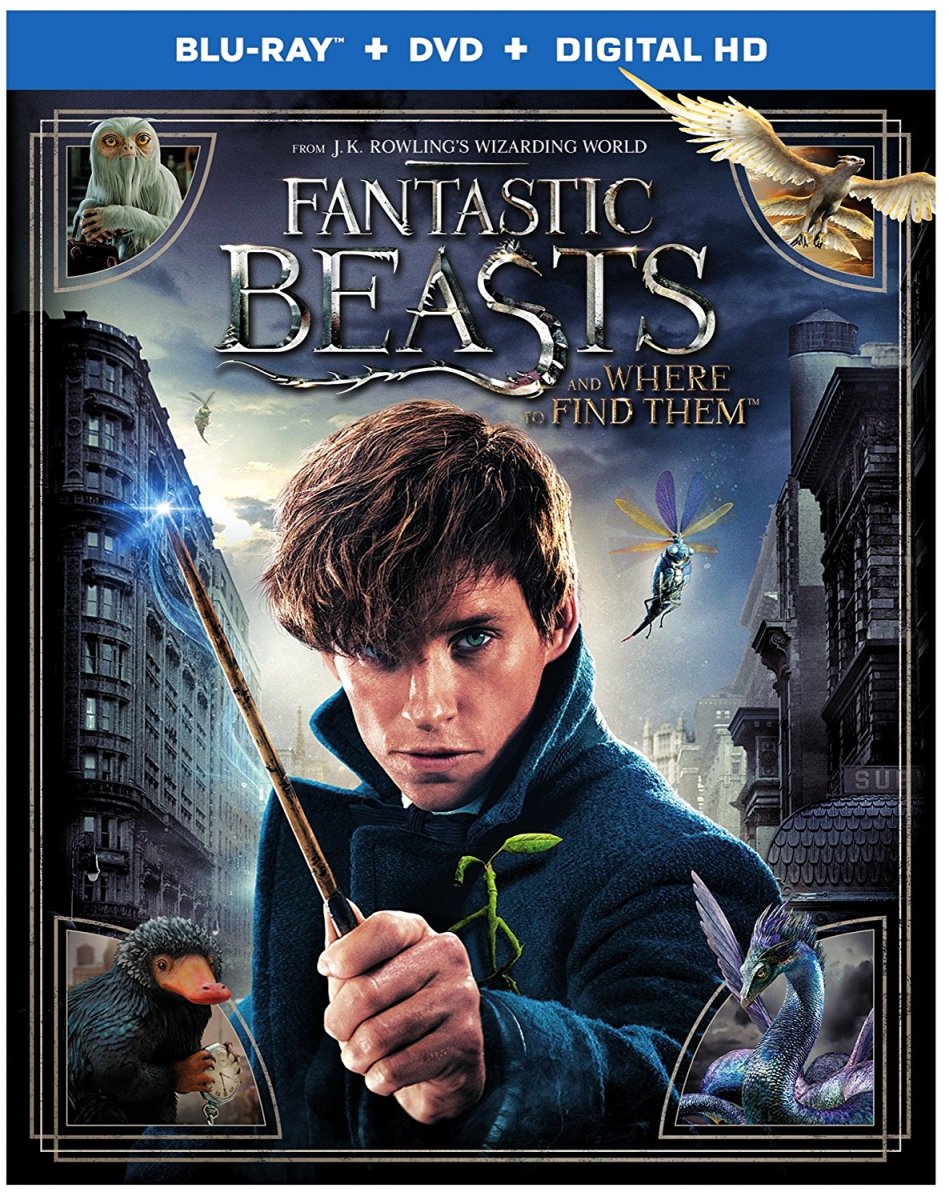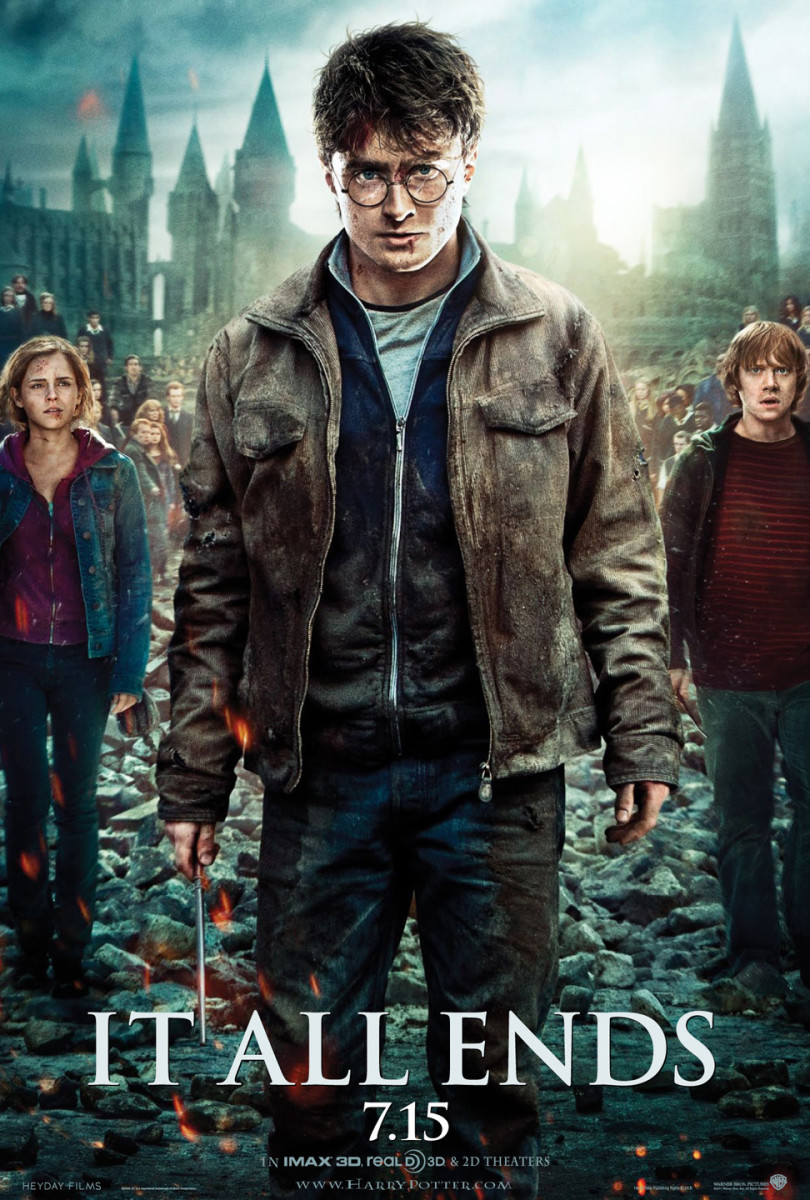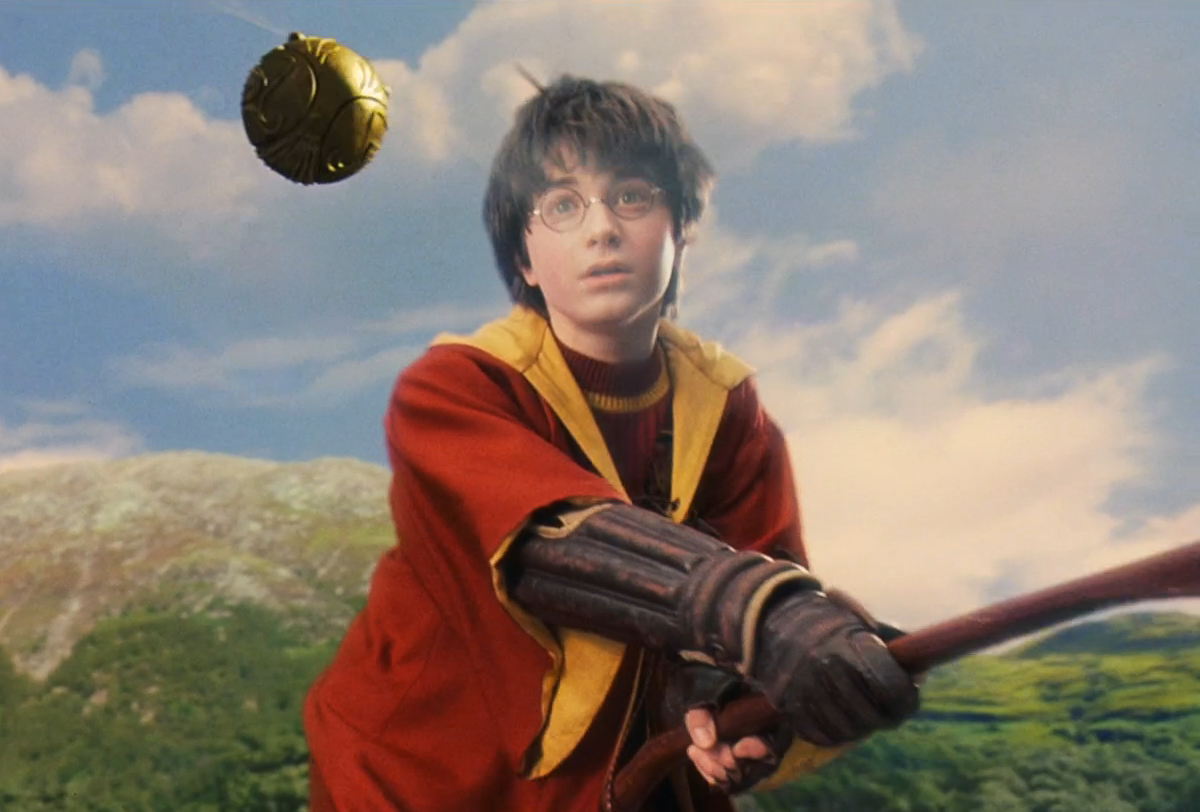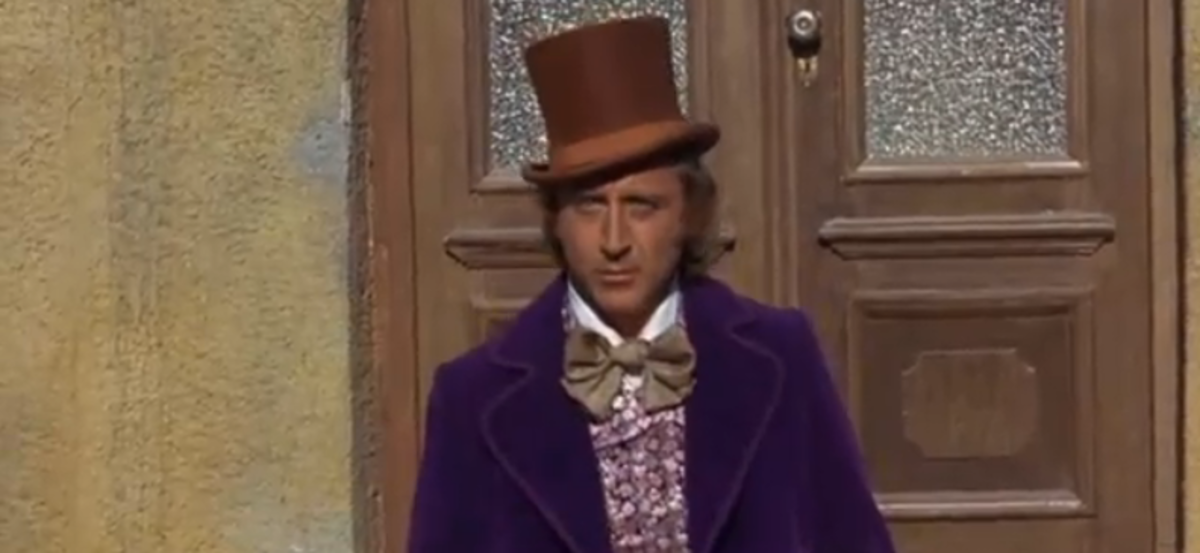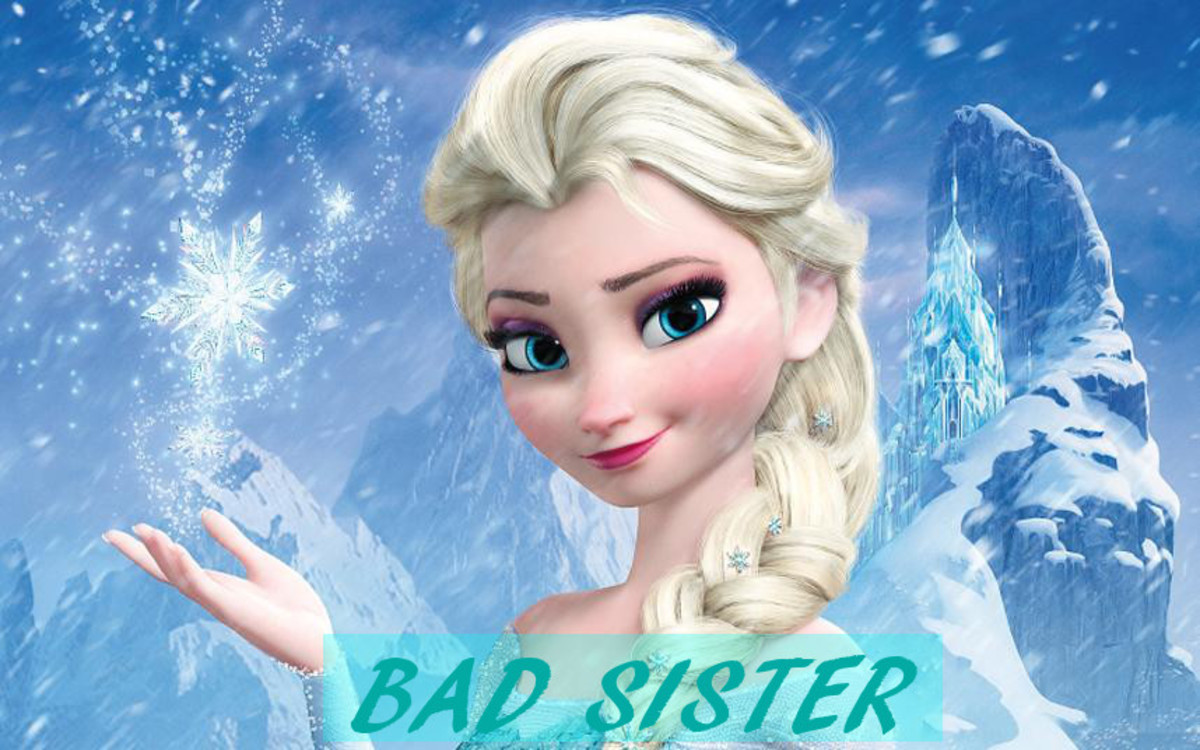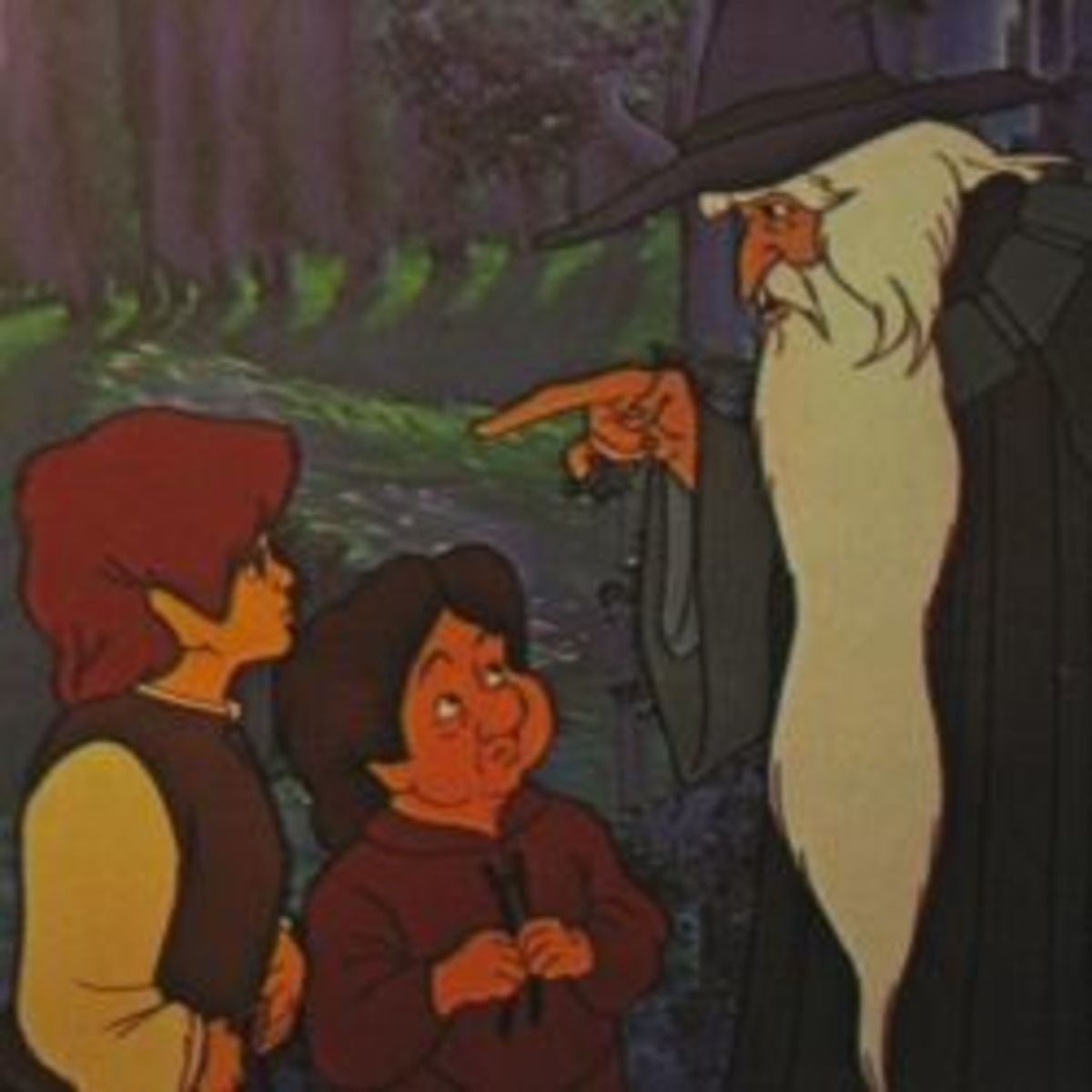Harry Potter and the Chamber of Secrets: A Movie Review
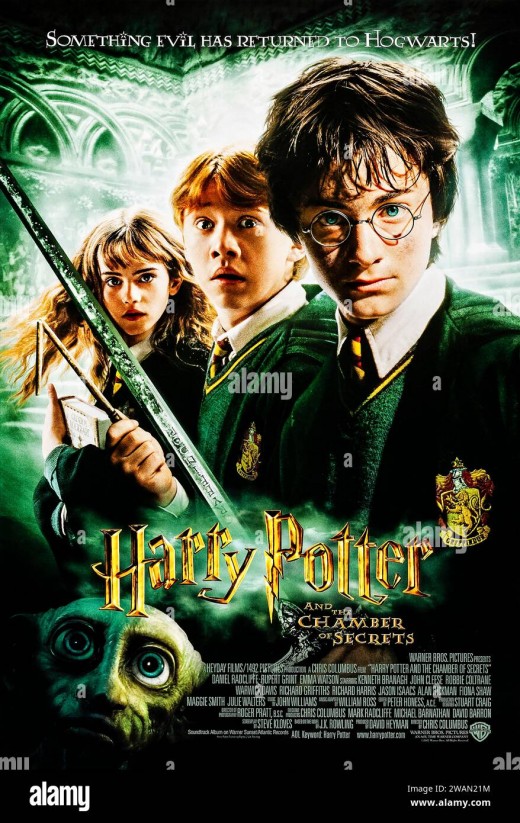
Harry Potter and the Chamber of Secrets: A Movie Review
When Harry Potter and the Chamber of Secrets hit theaters in 2002, it had the unenviable task of following up The Philosopher’s Stone. The first film was a cultural event, full of magic, discovery, and a fresh sense of wonder. The second one could have easily felt like “more of the same.” Instead, it managed to raise the stakes, darken the tone, and expand the mythology, all while still delivering the sense of charm and fun that made the first movie such a success. That said, it’s not without its flaws—chiefly its length and tendency to repeat the formula of the original. But for many fans, it remains one of the most memorable entries in the series.
Let’s break it down, point by point.
Note: Spoilers may occure.
Con: The Length & Pacing (-3 pts)
Let’s get this one out of the way first. At a little over two and a half hours, Chamber of Secrets is the longest of the Harry Potter movies until Goblet of Fire. While I love spending time in Hogwarts, there are moments in this film that feel unnecessarily drawn out. The Dursleys’ dinner scene, for example, drags before Dobby shows up. Later, the endless detour into the forest with the giant spiders goes on long enough that you almost start rooting for Aragog just to move things along.
It’s not that the movie is boring—there’s always something happening—but the pacing stumbles when compared to the tight, breezy rhythm of the first film. At times it feels like the filmmakers were determined to include almost every detail from the book, which makes for a faithful adaptation but also an indulgent one.
Pro: A Darker, Deeper Story (+5 pts)
Where Philosopher’s Stone was essentially a magical fairy tale, Chamber of Secrets dives into much darker waters. The attacks on students bring real danger to Hogwarts, and for the first time, we see that the wizarding world isn’t just whimsical—it can be frightening. The eerie writing on the walls, the petrified bodies, and the disembodied voice Harry hears in the corridors all build a sense of dread that the first film never attempted.
This tonal shift makes sense. The characters are a year older, and so is the audience. The movie reflects that growth by introducing more sinister themes—prejudice, legacy, and the lurking threat of Voldemort returning. By the time we reach the climax in the Chamber itself, it feels like we’ve crossed into a darker, more dangerous stage of Harry’s journey.
Pro: Character Growth (+4 pts)
The main trio really come into their own in this installment. Daniel Radcliffe plays Harry with more nuance this time. He’s no longer just the wide-eyed boy discovering magic—he’s a character with doubts and fears, particularly as he wonders if he might actually be connected to Slytherin. His ability to speak Parseltongue adds a new layer to his identity and fuels his internal conflict.
Rupert Grint shines as Ron, often stealing scenes with his comic timing. His sheer terror in the Forbidden Forest is both hilarious and relatable. Emma Watson as Hermione feels more grounded than before, too—less showy and more authentic. She doesn’t get quite as much screen time in this one, but when she does, she nails it.
What’s most satisfying, though, is how their friendship deepens. You can feel the chemistry between the three actors growing, which makes their adventures together more enjoyable.
Pro: Memorable New Characters (+3 pts)
The second film introduces several new faces, and they make a huge impact.
-
Dobby: Love him or hate him, there’s no denying he’s unforgettable. His scenes are a mix of slapstick comedy and genuine pathos. He’s annoying at times, sure, but he also sets the stage for some of the emotional payoffs in later films.
-
Gilderoy Lockhart: Kenneth Branagh absolutely steals the show as the flamboyant fraud of a Defense Against the Dark Arts teacher. Every line he delivers is dripping with vanity and absurdity. He provides much-needed comic relief in a film that leans heavily into darkness.
-
Tom Riddle: Christian Coulson brings a charismatic menace to the young version of Voldemort. His scenes in the diary are some of the most compelling in the film, culminating in the reveal of his true identity.
Together, these characters add depth and variety to the story, keeping it from feeling like a simple retread of the first film.
Pro: Improved Visuals & Practical Effects (+4 pts)
The first movie had its share of clunky CGI (remember the troll?). In Chamber of Secrets, the visual effects are noticeably better. Dobby, entirely computer-generated, holds up surprisingly well even today. The Basilisk is a mix of practical effects and CGI, and it works beautifully—it feels dangerous and real.
The Quidditch match looks sharper too, though it still has a slightly cartoonish quality. Where the movie really shines, though, is in its use of practical sets. The Chamber itself is stunning—a massive, eerie environment that feels appropriately ancient and threatening. The film doesn’t just rely on digital magic; it builds tangible spaces that immerse the viewer in the world.
Con: Too Similar to the First Film (-2 pts)
For all its darker edges and new mysteries, Chamber of Secrets often feels like it’s following the same blueprint as the first movie. There’s Quidditch, sneaking around Hogwarts at night, a hidden part of the castle no one has discovered, and a climactic battle with Voldemort (or a version of him).
The repetition isn’t a deal-breaker, but it does make the film feel a bit predictable if you’re watching the series in order. It’s clear that later installments would break out of this formula more decisively, but here it sometimes feels like the filmmakers are still playing it safe.
Pro: The Basilisk Showdown (+4 pts)
The final act is where the movie truly shines. Harry’s descent into the Chamber feels mythic—he’s the lone hero facing a monstrous beast in a forgotten underground lair. The duel with the Basilisk is thrilling, suspenseful, and well-staged. The moment when Harry pulls the sword of Gryffindor from the Sorting Hat is pure cinematic magic.
What makes this climax stand out is that it’s not just about action—it ties directly into the themes of loyalty, courage, and identity. Fawkes the phoenix saves Harry not because of luck, but because Harry’s qualities earned him Dumbledore’s trust. It’s a payoff that feels earned, not forced.
Final Thoughts
Harry Potter and the Chamber of Secrets is a sequel that dares to be darker while still keeping the heart of the series intact. Yes, it’s too long, and yes, it leans a little too heavily on the formula established by the first film. But its improvements in acting, visuals, and storytelling outweigh those flaws.
The movie succeeds because it expands the world, raises the stakes, and shows us that Harry’s journey is about more than just surviving school—it’s about uncovering hidden truths and facing real danger. For all its imperfections, it remains a fan favorite for good reason: it’s creepy, funny, suspenseful, and packed with unforgettable moments.
Final Score: +11 pts
A darker, funnier, and more ambitious sequel that proves the magic of Hogwarts wasn’t just beginner’s luck.
This content reflects the personal opinions of the author. It is accurate and true to the best of the author’s knowledge and should not be substituted for impartial fact or advice in legal, political, or personal matters.
